Material Models Blog Posts

Designing an App to Analyze Stress in a Pressure Vessel
Learn how to use the Application Builder in COMSOL Multiphysics® to create an efficient and accurate design workflow, using an example of a pressure vessel design app.
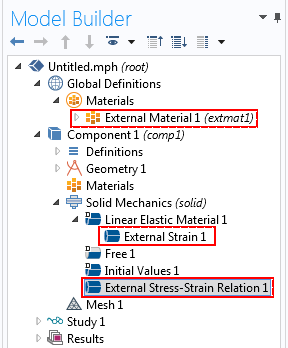
Accessing External Material Models for Structural Mechanics
In COMSOL Multiphysics®, you can access not only material models derived from external libraries but also material functions programmed by yourself. We demonstrate with concrete damage model.
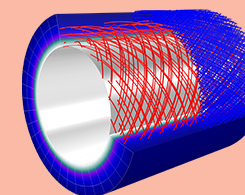
Using Simulation to Analyze Arterial Wall Mechanics
Studying arteries from a mechanical standpoint requires a reliable model that can fully describe the anisotropic nonlinear response of this biological soft tissue.

What Is Geometric Nonlinearity?
If you perform structural mechanics analyses, then you have most likely encountered the concept of geometric nonlinearity. But what exactly does geometric nonlinearity mean?
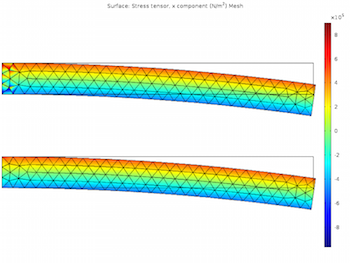
Modeling Linear Elastic Materials – How Difficult Can It Be?
Get an intro to the theory and application of the linear elastic material model, isotropy/anisotropy, allowable values for material data, incompressibility, and geometric nonlinearity.

Fitting Measured Data to Different Hyperelastic Material Models
Want to fit your experimental data to different hyperelastic material models? You can with the Optimization interface in COMSOL Multiphysics®, which lets you fit a curve to multiple datasets.
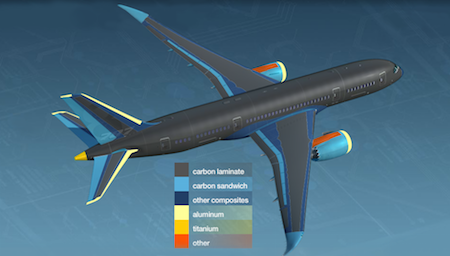
Protecting Aircraft Composites from Lightning Strike Damage
Some aircraft have a protective coating to mitigate damage from lightning strikes. Boeing used multiphysics simulation to evaluate thermal stress and displacement in this layer.
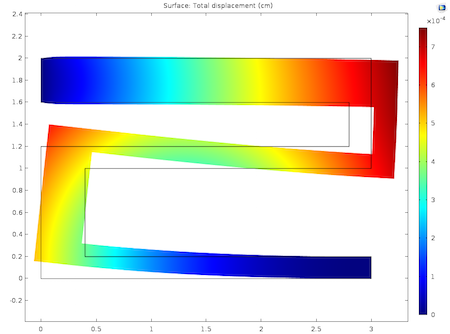
How to Model Hygroscopic Swelling
Hygroscopic swelling occurs in various sectors of industry, from wood construction and paper to electronics and food processing. Learn how to model this phenomenon in COMSOL Multiphysics®.
